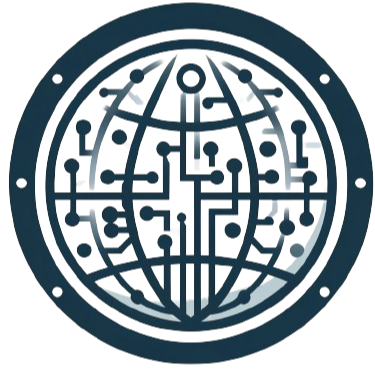Fundamental of Networking
This introductory bundle establishes a solid foundation in networking concepts. You'll learn about network types, internetworking models, IPv4 and IPv6 addressing, subnetting, physical media, and common network devices.

Skill Set
-
Explain fundamental networking concepts like network types, topologies, and purposes.
-
Describe the Open Systems Interconnection (OSI) model and the TCP/IP model for network communication.
-
Understand and identify different types of IP addresses (IPv4 and IPv6).
-
Apply basic to advanced IP address subnetting techniques for network design.
-
Recognize various physical media used for network connectivity.
-
Identify common network devices (e.g., routers, switches, firewalls, Wireless access points, Wireless LAN controllers, etc.) and their functionalities.
Courses
01. The Basics of Networking
This course provides an introductory overview of fundamental networking concepts. Students will learn the essentials of computer networks, including Local Area Networks (LAN), Wide Area Networks (WAN), and methods of communication over wired and wireless setups. The course also explores network architectures like peer-to-peer and client-server models, and delves into physical network topologies such as bus, star, ring, and mesh. This chapter equips students with foundational knowledge to understand and construct effective network systems.
02. Internetworking Models
03. Introduction to IPV4 Addresses
This course provides a comprehensive overview of IPv4 addressing. It starts with the fundamentals of bits and bytes, progressing to detailed explorations of classful addressing, distinguishing between Class A through E IP addresses. The course explains the differences between private and public IPs, including Network Address Translation (NAT) usage. Students will learn both static and dynamic IP address assignment through practical lab demonstrations using Windows Server and Cisco Packet Tracer. Additional topics include the Internet Control Message Protocol (ICMP) and IPv4 header analysis, with practical network diagnostics using Wireshark.
04. IPV4 Address Subnetting
05. Introduction to IPV6
06. Physical Media in Computer Networking
07. Network Devices
This course provides an overview of essential network hardware used to facilitate and manage data communication. The course covers repeaters, hubs, switches, and bridges, emphasizing their functions and development. It also explores routers and various modem types, detailing their roles in network connectivity. Additionally, the course examines network security through firewalls and delves into wireless communication with lessons on Wireless Access Points (WAPs) and Wireless LAN Controllers (WLAN). This module equips students with knowledge of key devices essential for building and maintaining robust networks.

